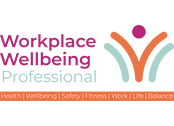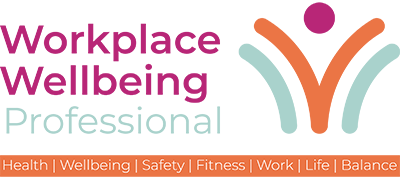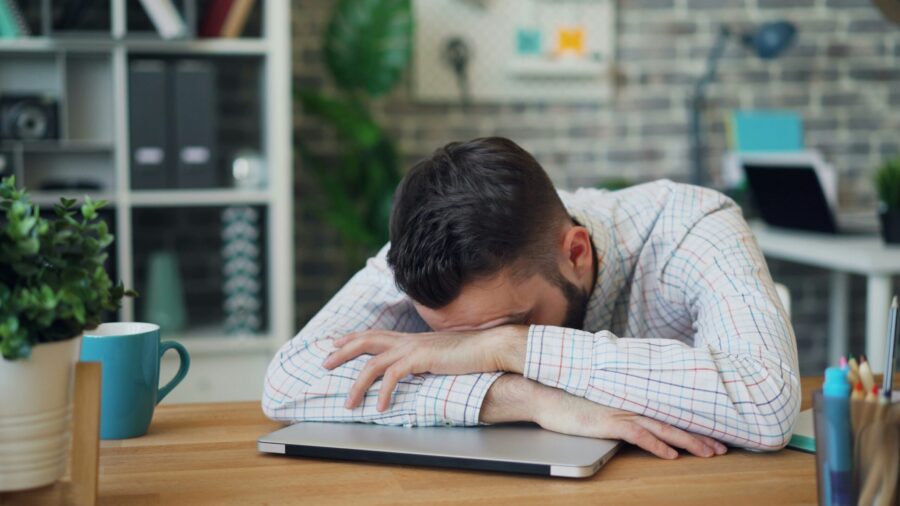Businesses look set to bear the brunt of a burnout epidemic this summer as the STADA Health Report 2024 reveals that almost one in three (29 per cent) have experienced burnout and almost half (46 per cent) are craving a better work/life balance as we head into peak summer holiday season. The report shows that two-thirds (66 per cent) of Brits with poor mental health cite work burnout as a factor.
Workplaces that experience a high amount of burnout among employees can experience a higher staff turnover rate, lower productivity, increased staff sickness and low morale.
Despite holiday season being now in full swing, it seems unlikely that teams will be getting a well-needed break and returning refreshed, as travel giant, TUI, has also released a study revealing that nine in ten British business owners are working on their holidays1.
Research from global wellness brand, Naturecan, also shares that over two-thirds (64 per cent) of Brits2 will suffer work-related anxiety this summer, with a whopping 84 per cent of Brits thinking about work at least twice a day (even on their holidays!).
The Naturecan study also showed that seven in ten Brits struggle to switch off after work, an unsurprising statistic given that more than half (55 per cent) of British adults are checking their work emails and messages at least once a week out of working hours, and 17 per cent doing it every day!
Nigel Stephenson, general manager at STADA, Thornton & Ross, believes that the STADA Health Report has brought to light a rather depressing picture of attitudes towards work. Despite the changes that have come into force since the pandemic, that seemingly promote a healthier balance, Brits are struggling to switch off and truly enjoy a well-deserved break.
Stephenson commented:
People are trying to improve their personal wellbeing with eating a healthy diet (60 per cent), exercising at home or at the gym (59 per cent), engaging in activities that support mental wellbeing (39 per cent), socialising with friends (33 per cent), and taking dietary supplements (30 per cent). These are all great ways to help you wind down and switch off but it really is all about finding what works for you and your routine. There is no one size fits all for wellbeing.
Nigel Stephenson, general manager at STADA, Thornton & Ross
These findings are just some of the revelations in the 2024 STADA Health Report, published by global healthcare leader STADA, parent company of Thornton & Ross. The independently conducted Health Report, now in its 10th year, surveys more than 46,000 respondents from 23 countries, with 2,000 respondents from the UK.
Joanne is the editor for Workplace Wellbeing Professional and has a keen interest in promoting the safety and wellbeing of the global workforce. After earning a bachelor's degree in English literature and media studies, she taught English in China and Vietnam for two years. Before joining Work Well Pro, Joanne worked as a marketing coordinator for luxury property, where her responsibilities included blog writing, photography, and video creation.



